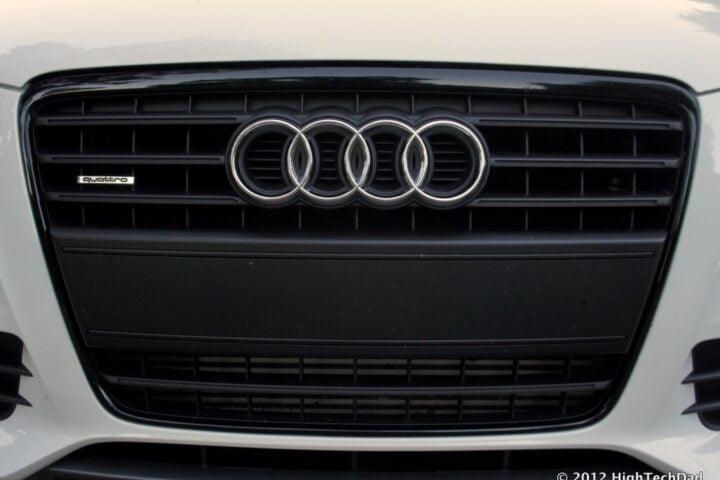The much-hyped Hyperloop technology achieved a significant milestone recently as a test vehicle successfully levitated and zipped through a depressurized tube at a testing facility in the Netherlands. The European Hyperloop Center, led by Dutch company Hardt, conducted the proof-of-concept demonstration to show the feasibility of the ultra-high-speed transit concept originally proposed by Elon Musk in 2013.
The test vehicle reached a top speed of around 30 kph (18 mph) as it traversed a 90-meter section of the 420-meter test tube, which is comprised of 34 sections with an internal diameter of over 8 feet. A vacuum pump extracts air from the tube to minimize drag, enabling the desired hypervelocities.
While a promising step, this test was still far short of the ultimate goal of propelling passenger or cargo pods through near-vacuum tubes at speeds up to 1,200 kph (760 mph). At such velocities, Hyperloop could shrink travel times between major cities from hours to minutes, such as reducing the 380-mile LA to San Francisco trip to a mere 35 minutes.
Daunting Technical Hurdles Remain However, as someone who has closely followed transportation technologies and business trends for decades, I must add a heavy dose of skepticism. Transitioning from small-scale tests to a commercially viable inter-city transportation system entails overcoming immense technical, economic, regulatory, and public perception challenges.
For starters, maintaining a hard vacuum over hundreds of kilometers of sealed tubing across varying terrains and temperature swings is a monumental engineering task never before attempted at such a scale. The dynamic interplay of pod aerodynamics, electromagnetic propulsion, and human or freight loading/unloading is also highly complex and failure-prone.
“There is a huge difference between demonstrating a technology works and the scalability,” notes Roberto Palacin, a Transport Futures researcher at Newcastle University. “We can create a near-vacuum in a tube, add a pod, and throw it at a certain speed and brake. That’s great, but that’s not a system. That’s the basic running technology.”
Safety is another major concern, given the enormous kinetic energies involved at Hyperloop speeds. A depressurization event or crash could be catastrophic. Passenger comfort and emergency egress are also problematic in the sealed tube environment.
Capacity Constraints Undermine the Business Case, But perhaps the biggest flaw in the Hyperloop value proposition is its inherently low passenger throughput. Maintaining safe separation between pods in the tube necessitates headway on the order of 30–80 seconds. With planned pod capacities of only 30–40 seats, this equates to a maximum of around 2,000-4,000 passengers per hour per direction.
In comparison, high-speed rail systems like Japan’s Shinkansen routinely transport up to 20,000 passengers per hour, and commuter metros can handle several multiples more. “From a passenger perspective, the capacity of Hyperloop is useless,” asserts Gareth Dennis, a British railway engineer.
Similar Posts
The paltry capacity severely undermines the business case for Hyperloop as a mass transit solution. This is likely a key factor behind the recent pivot by leading Hyperloop companies Virgin Hyperloop One and Hyperloop Transportation Technologies to focus on freight transport instead.
While sending cargo through Hyperloop tubes is more technically feasible than passengers, the economics are still dubious. Most freight is optimized for cost and volume rather than speed. The compactness of Hyperloop tubes precludes transporting the intermodal containers that are the backbone of current freight logistics.
Hyperloop also faces the same last-mile distribution challenges as any other transportation mode. Connecting ports to inland Hyperloop terminals still requires conventional trucking or rail. It remains unclear if the increased speed would justify the immense infrastructure investment.
My Skeptical Take While I respect the entrepreneurial spirit and technical prowess of Hyperloop developers, I struggle to see a viable path to real-world implementation in the foreseeable future, either for passengers or freight. The challenges in financing, constructing, and safely operating a large-scale Hyperloop network appear insurmountable with current technologies.
As a transportation technology, Hyperloop uncomfortably straddles the gap between aviation and high-speed rail without offering clear advantages over either. Its ultra-high speeds are excessively costly and risky for ground transport, while its point-to-point model and low throughput negate the hub-and-spoke efficiencies of air travel.
Even if the core technology can be perfected, the astronomical infrastructure costs will necessitate substantial government funding, which seems politically untenable. The physical footprint and visual blight of elevated Hyperloop tubes would also face major NIMBY opposition.
At a time when sustainable mobility is a top priority, Hyperloop’s energy-intensive, passenger-light model seems ill-suited for a carbon-constrained transportation future. Induced demand from the faster speeds would likely increase overall travel and associated emissions.
In my assessment, Hyperloop is the wrong technology for today’s mobility challenges. Rather than chasing this shiny but impractical bauble, policymakers and investors should double down on proven high-capacity, low-carbon solutions like conventional high-speed rail, light rail, bus rapid transit, and transit-oriented development. Improving and expanding existing modalities is a far more cost-effective path to sustainable transportation than an unproven moonshot like Hyperloop.
While further R&D and testing of Hyperloop technologies may yield ancillary innovations in fields like maglev propulsion, vacuum sealing, and tube construction, I don’t foresee a major transportation role for Hyperloop itself. Like flying cars and supersonic planes, it will likely remain an elusive dream for the foreseeable future.


















